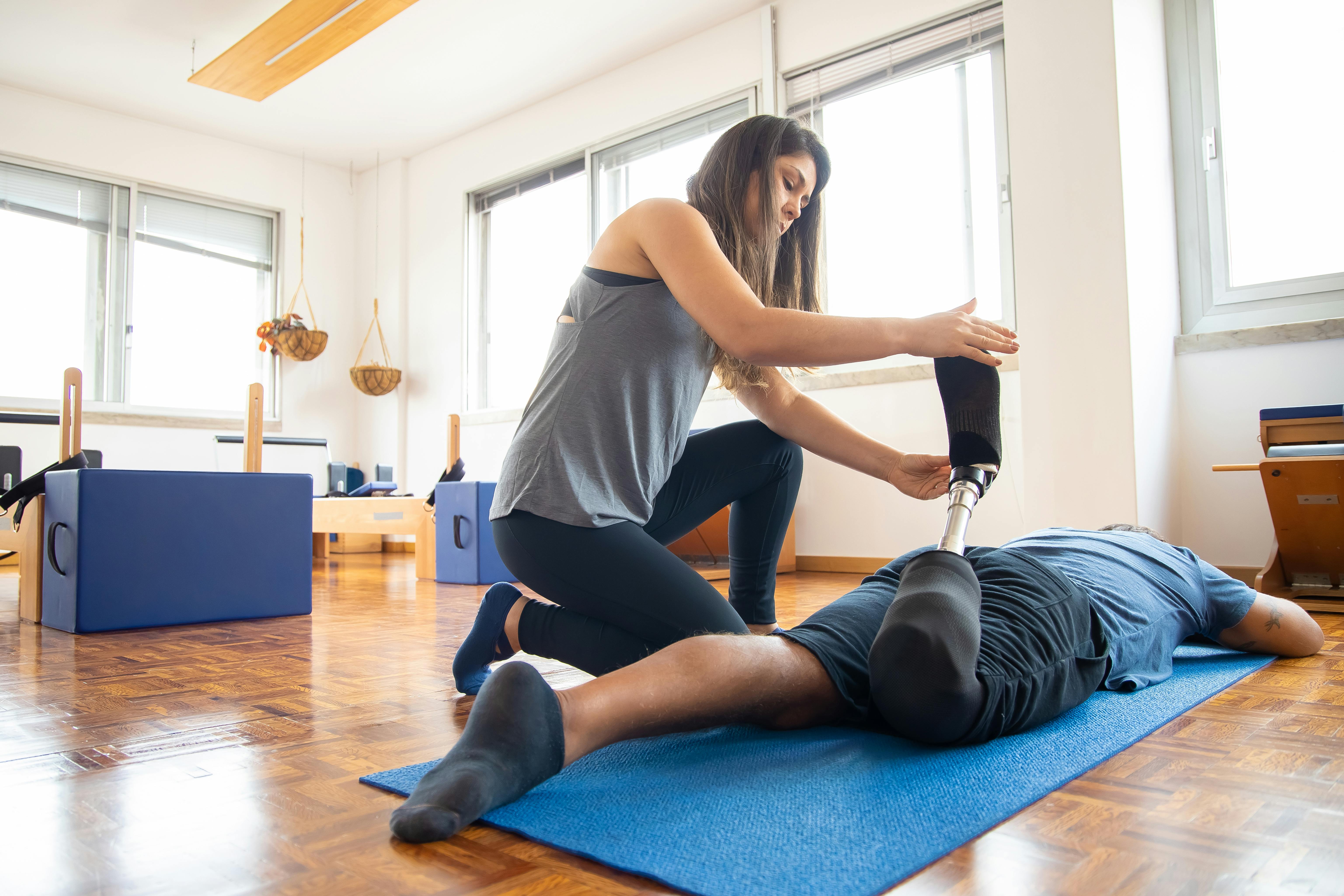Technology, social media, and your teen
My children are in a very low-tech school. There are no televisions, computers or tablets in the classroom and cell phones are prohibited during the school day. Families are encouraged to keep their children screen-free in the early years (through age six) and for grades one through seven, limited screen time is recommended only on weekends. Our family has followed these guidelines since our children started school and we have rarely deviated from them.
Now that my daughter is 13 and in high school, the struggle to limit screen time and exposure to social media is real. Most of my daughter’s classmates have Instagram accounts and many of them are smuggling phones into the classroom, despite the “no tech” rule. She says that without her own account, she often feels disconnected from her classmates because she didn’t see the latest Instagram post everyone is talking about. Are we impeding your ability to socialize and communicate with your friends? Maybe this is simply Gen Z’s (Post-Millennial) way of getting closer to each other, like we did when we were teenagers when we pulled our long phone cords across the hall to our rooms to chat with friends all night. . This leaves me questioning my decisions and hoping that my husband and I are making the right decisions for our daughter when it comes to limiting exposure to social media and screens. And I also wonder why I feel like I am one of the only parents who still put up with it.
However, after recently watching the documentary Screenagers: Growing up in the digital ageI felt better about our decisions when I saw studies on the effects of excessive screen time and how it can harm young people’s physical brain development. Studies show a connection between too much screen time and reduced attention span, as well as an adverse impact on learning. Screenagers Filmmaker and mother, Dr. Delaney Ruston, documents the real pain her daughter feels when her cell phone is taken from her and reminds parents that teens cannot self-regulate when it comes to screen time and social media. Parents and caregivers should be the ones to set limits and consider writing a contract to regulate screen use if they choose to allow it. They should also be an example to children by being good role models themselves. And that means having your own guidelines for time spent on devices.
Another encouraging moment for me came at the end of the film, when a group of teenagers talk about how happy they are that their parents set limits and rules around screen time, saying they would probably be failing school if they did not. have clear boundaries. How refreshing. I think the most important thing to remember as a parent navigating the ever-changing frontiers of technology and social media is that you are still the shaper of your children’s future. If you put expectations on the food they eat, the grades they get, and the amount of sleep they need, why wouldn’t you do the same with media and technology? Food for thought. Who supports me?





